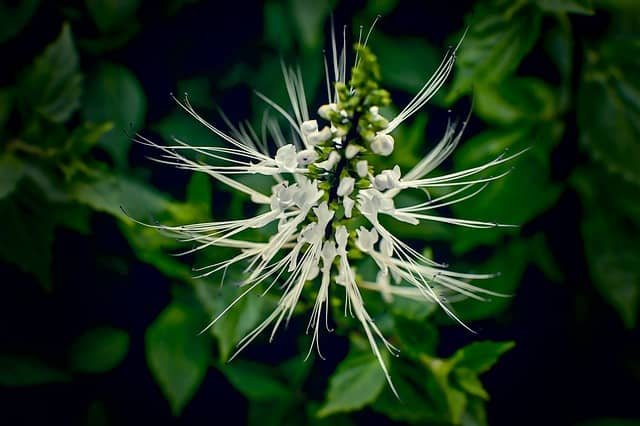
“This herbal tea is phenomenal! Every five minutes I have to run to the bathroom!” Have you ever heard of such things? In fact there are herbs capable of moving and expelling excess liquids in our body, very often the cause of annoying swelling, especially in the lower limbs. Let’s find out what they are!
Diuretic teas and draining teas: the difference
Diuretic herbal teas, as the word itself suggests, are those preparations that help the body naturally expel many excess liquids, activating the increase in urine excretion. The action of diuretic herbal teas is to be defined as different from that of draining herbal teas, as the latter are involved in a process of collecting the liquids present in the human body and putting them back into circulation to expel them, even in the form of sweat, to example, or redirect its use.
Diuretic herbal teas are specifically used to direct water into the kidneys, in order to perform a washing and purification function. In both cases it is good not to abuse them, especially if you suffer from sudden changes in blood pressure, always remembering that it is not by taking diuretic or draining herbal teas that you lose excess kilos.
What are the plants of diuretic herbal teas
Medicinal plants and herbs that have diuretic actions and properties are useful bases for developing specific herbal teas, which act in the elimination of water and substances such as nitrogen, chlorides, uric acids, phosphates and oxalates. The main herbs, roots and diuretic plants are: dandelion, birch, solidago, virga aurea, ononis root, horsetail , fennel root, orthosiphon, weed, cherry (the stems or petioles in particular), the pilosella, the parietaria , the dill root, the asparagus root, the maize.
If we pay attention, many of these beneficial plants can be found and harvested in the fields or along the ditches or even in the orchard. A good habit to prepare, during the winter months, excellent diuretic herbal teas while saving money is in fact to preserve the stems of the cherries, drying them and putting them in a glass jar: they are very effective natural diuretics.
Diuretic herbal teas: when and how to take them

Once the bases for the preparation of the diuretic teas have been chosen, the aromas can be decided: green light for the licorice plant, useful for low blood pressure and which has diuretic and refreshing properties, mint, cloves, cinnamon, pineapple, dried apple , red fruits, raisins and so on. To have a good effect from diuretic herbal teas, it is good to take them two or three times a day, in the morning on an empty stomach and in any case between meals, on an empty stomach.
A classic example of one of the most effective diuretic herbal teas is the following: birch , solidago, orthosiphon in equal parts, then add your favorite plant or fruit to give it a more lively aroma. But, with the help of your trusted herbalist, you can experiment with the one that’s right for you.
